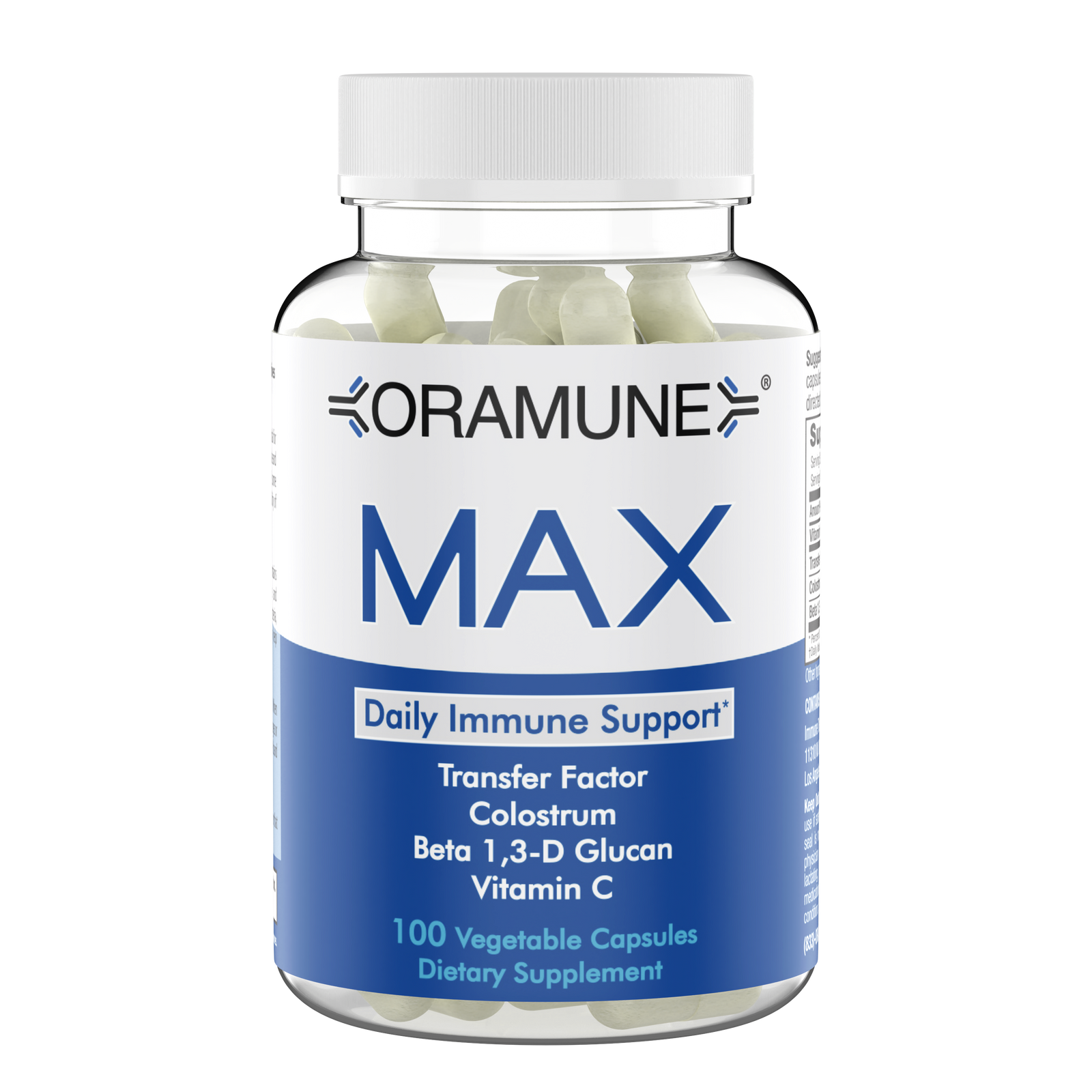How can Bovine IG Help to Fight Off Infection?
Bovine IG—the IG stands for immunoglobulin—is a major portion of colostrum, the pre-milk or first milk produced by mammals.
To understand how bovine IG might help support immunity, lets take a brief look at the history of immunization.
Acquired (Adaptive) Immunity
The immune system can be divided into the innate and the acquired (or adaptive) immune systems. The acquired immune system has a sort of memory of (for example) the infections that a person has experienced. It will react specifically and quickly to re-infection by that particular infection.
We use the acquired immune system in immunization procedures—stimulating the formation of an immune memory that, when a person encounters that virus, bacterium or other pathogen, will react quickly and prevent the infection from taking hold. So, if you get a vaccination against polio or the measles, the idea is that your immune system will recognize the polio or measles virus and respond quickly, destroying the virus before you get sick—and before you can infect anyone else.
Two Forms of Immunization
There are two forms of immunization. The most common one is an active immunization—this is the form that is used for most immunizations. A person is injected with a weakened form of a virus or bacteria and the immune system is allowed to develop a response to that weakened virus or bacteria. Then, if the person is exposed to that same agent, the immune system responds quickly and specifically, destroying the agent before it can spread. Active immunization can provide long-term immunity to various infectious agents.
The other form of immunization is known as passive immunization. In passive immunization, pre-formed antibodies are given to a person. These antibodies provide a more short-term protection against infectious agents. The best-known example of passive immunization is in breastfeeding newborn infants. The mother’s milk contains antibodies to those infectious agents that the mother has been exposed to. She then passively immunizes her newborn against those agents. Another example is the passive immunity that passes between the mother and fetus through the placenta—maternal antibodies pass through the placenta, protecting the fetus before they are born.
Back to Bovine IG
Now back to the question—how can bovine IG help fight off infections?
The answer: Bovine IG can help support the immune system using passive immunity, providing a short-term passive immunization against numerous infectious agents because bovine IG is a mixture of antibodies, each specific for a virus or bacteria.
How, exactly, does the bovine IG work? Current research indicates that it does this in a few ways:
- Direct binding of the antibodies in the IG to bacteria in the gut. This limits the growth of unhealthy bacteria and allows the healthy gut bacteria room to grow. Studies that showed that the use of bovine IG in colostrum reduced the rates of upper respiratory infections in active males also showed that these same men had reduced bacterial loads in saliva samples.
- Research also indicates that bovine IG found in colostrum activates a type of bacteria-eating cell, the macrophage and increases the production of inflammatory markers and boosts the immune response.
- Bovine IG may also prevent the attachment of bacteria to the lining of the digestive tract—and if these bacteria can’t attach themselves, they can’t infect.
Overall, research is providing evidence that bovine IG helps support the immune system by providing antibodies that bind to infectious agents, prevent them from attaching and/or growing and by increasing the activity of macrophages and inflammatory factors that help kill any infectious bacteria or viruses. This likely protects against fungal and parasitic infections as well, be we will have to wait for more research to be certain.






